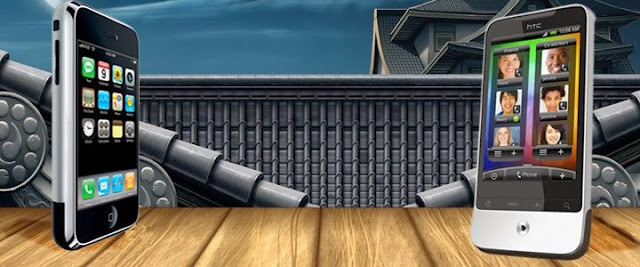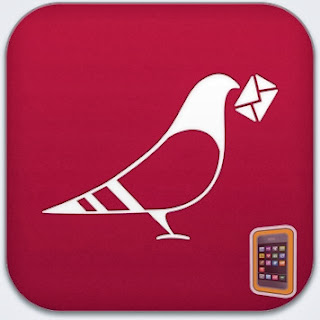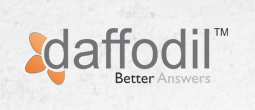Checking out the primary apps such as emails, browsers and maps to test which OS is the TOP GUN in the market.
Every year when Apple and Android comes out with a new operating system, they attempt to out-smart each other with some innovation. This year been no difference with iOS 7 and Android Kitkat 4.4 already in the market.Check out that so far who is the leader in the battle of Android 4.4 Kitkat vs Apple iOS 7.
These operating systems were tested for the following categories on the flagship phones iPhone 5S and Nexus 5, so acknowledge these categories and check the best OS to deal.
Android Kitkat 4.4 has all the same features as its predecessors except for some interface changes. The color scheme is lighter than its predecessors due to the toning of black and blue, the status bar located at the top and bottom are transparent. Kitkat has merged out with some debut apps. The "Hangouts" app replaces the old messaging app. It's bit confusing with the cluttering interface.
Every year when Apple and Android comes out with a new operating system, they attempt to out-smart each other with some innovation. This year been no difference with iOS 7 and Android Kitkat 4.4 already in the market.Check out that so far who is the leader in the battle of Android 4.4 Kitkat vs Apple iOS 7.
These operating systems were tested for the following categories on the flagship phones iPhone 5S and Nexus 5, so acknowledge these categories and check the best OS to deal.
Email/Calendar
Interface
Applications
Security
Maps
Web Browser
Interface
Applications
Security
Maps
Web Browser
Email/Calendar
 | |
| Apple's mailbox (left) offers the option to unify all accounts, whereas Android (right) has separate apps for Exchange and Gmail |
Android Kitkat has a seperate Gmail and IMAP/POP3/Exchange email apps, It has an identical interface with folders that can be hidden, Multiple emails can be selected to move or deletion.
Apple's iOS 7 has similar features, but it has also got an upper edge for an optional unified inbox for all your Gmail, IMAP, POP3 and Exchange accounts. Both OS has got a swipe based features to delete or archiving mails.
Apple's iOS 7 has similar features, but it has also got an upper edge for an optional unified inbox for all your Gmail, IMAP, POP3 and Exchange accounts. Both OS has got a swipe based features to delete or archiving mails.
 |
| There's little to separate the calendar apps - both are offer the same functionality - iOS (left), Android (right) |
Calendar apps in both iOS 7 and Android have identical features for days, weeks, months and agendas, but iOS 7 holds an upper edge as it can hide the agenda view as a drop-down list that appears by tapping the search icon
Interface
 |
| Apple's redesign brings a minimalist style and adds in core features such as the Control Centre (right) |
Apple redesigned iOS 7's interface, the charismatic icons, textures and design have replaced with simple icons with basic designs. Interface is simple and easy to use as ever, text fonts are thinner than earlier. Apple has also added a new "conrol centre" with shortcuts for commonly used features such as Wifi, Volume, Camera and so on.
 |
| Android's homescreens are customisable and the drop down menus can switch between notifications and settings |
Android Kitkat 4.4 has all the same features as its predecessors except for some interface changes. The color scheme is lighter than its predecessors due to the toning of black and blue, the status bar located at the top and bottom are transparent. Kitkat has merged out with some debut apps. The "Hangouts" app replaces the old messaging app. It's bit confusing with the cluttering interface.
Applications
Apple and Google, both possesses more than one million apps in their app stores, and many apps are available for both operating systems such as Microsoft office 365, Cisco webEx and Bloomberg. Some apps are exclusively made for iOS and on the counterpart Android has its own exclusive apps. The iOS version though can retrieve files from Google Drive, Dropbox, Sugarsync and iCloud but for Android its limited to only Google Drive.
Security
Every app in the Apple store is passed through a filteration process and thus don't have an issue with malicious content. On the contrary, Android is more vulnerable as it doesn't provide any filter for any app before listing it in the app store. Android is an open source sort of operating system, so users make sure to verify it from developers.
Apple comes with an MDM program aka Apple configurator and it supports user creation based on pre-existing directory server accounts that allows to restrict the apps and Wifi networks and also the computers that are connected via USB.
Google doesn't have its own MDM program, but it has some third party enterprise features. It has a support for IPSec, PPTP and L2TP VPNs since its first OS.
Apple comes with an MDM program aka Apple configurator and it supports user creation based on pre-existing directory server accounts that allows to restrict the apps and Wifi networks and also the computers that are connected via USB.
Google doesn't have its own MDM program, but it has some third party enterprise features. It has a support for IPSec, PPTP and L2TP VPNs since its first OS.
Web Browser
Apple uses Safari and Android comes with chrome as its default web browsers, Safari scored 399/500 when tested for HTML5 compliance and Chrome scored 449. Safari has a support for MPEG4 video, while Chrome has an other option known as WebM. Chrome has an access to the front camera and WebGL 3D graphics, while Safari doesn't.
Android Kitkat 4.4 VS Apple iOS 7
Courtesy:
Author:
Anna Harris working as web content writer for a major IT firm specialized in various Android application development services.
Anna Harris working as web content writer for a major IT firm specialized in various Android application development services.
































































